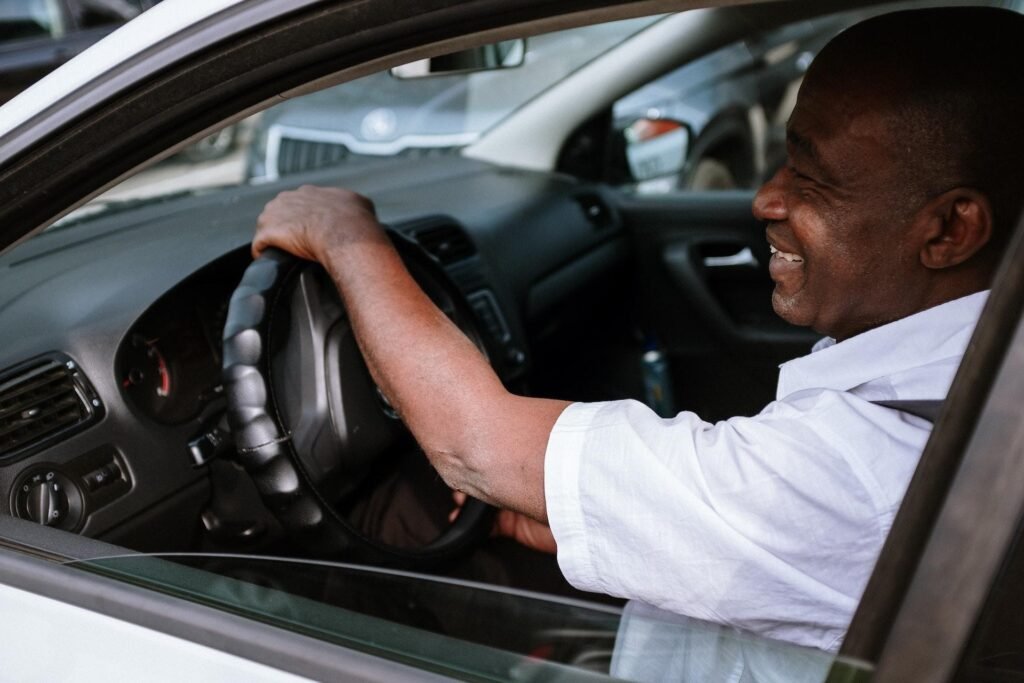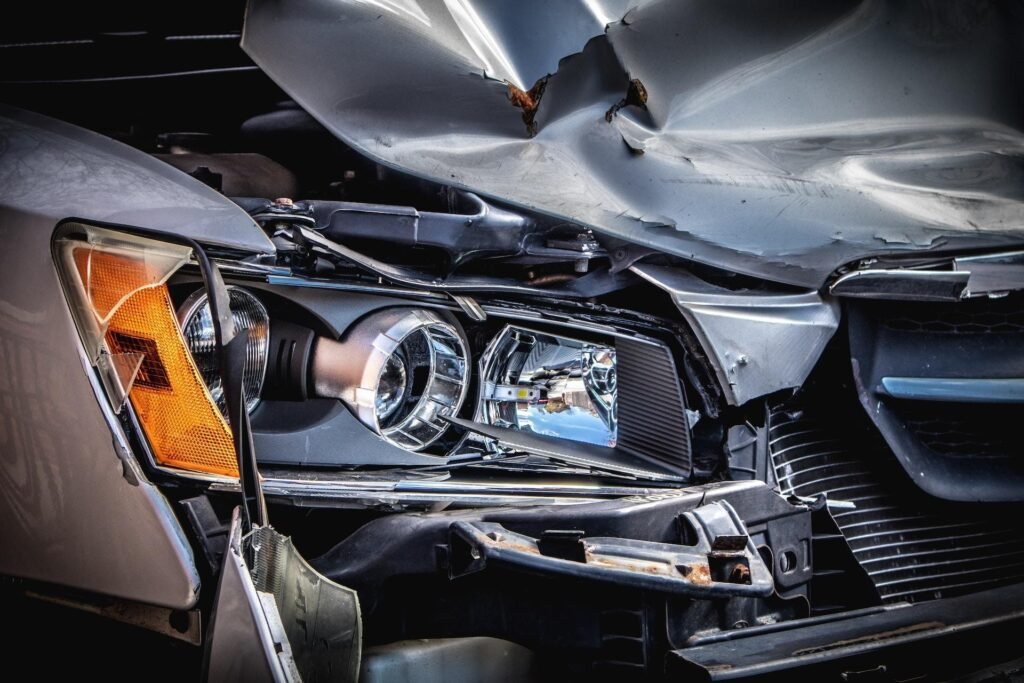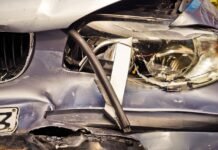What are the most important safety features in a car? Automotive safety has accelerated in recent years, and new vehicles have a lot of components that aim to protect you and others, such as:
- Backup cameras;
- Airbags;
- Driver assistance systems;
- Seat belts;
- Diagnostic systems;
- Lane-assist ;
- Much more;
Following an accident, it’s imperative that you have your safety features repaired, but how do you test these systems to make sure that the repair was done correctly?
Understanding the Importance of Post-Repair Safety Checks
Repair shops should conduct their own safety checks following any major repair, but oversights can and do occur. It’s important for you to perform your own safety checks to ensure that your vehicle’s safety features work to protect you.
Common Safety Features to Test After Car Accident Repairs
If you’re involved in a car accident, it is crucial to ensure that the most important safety features in a car are repaired properly, including:
- Seatbelts;
- Airbags and airbag lights;
- ABS system;
- Brakes;
- Lane assist system;
- Collision prevention system;
These items should be tested before you begin driving your vehicle again to ensure that your vehicle is operating safely.
How to Conduct a Comprehensive Post-Repair Safety Check?
When reviewing your repair bill, be sure that there is a line item for an SRS Module Reset. This key component is responsible for deploying airbags, storing crash information, and communicating data to your engine. Failure to reset this part could result in the airbag not deploying in a future accident. This should be the first step in your post-repair safety check. You should also perform the following checks:
- Ask the shop to provide a post-repair inspection;
- Check all of your safety features to ensure that they’re operating properly;
- Get a second, third-party post-repair inspection;
Unless you’re a mechanic, it’s best to work with a third party to perform your safety check for you. It’s easy to check for fluids leaking, properly functioning seatbelts, brakes and things like lane assist and backup cameras work. However, an in-depth safety inspection can find issues with suspension, airbags and other components that may not work properly after an accident.
Red Flags to Watch Out for During Post-Repair Safety Testing
A few red flags to watch out for in a post-repair test are:
- Failed tests;
- Minor oversights, such as a non-latching hood;
- Not providing an alignment or alignment test;
- Failing to provide a multi-point inspection;
Also, if the repair shop mentions repairs that are not on the itemized list, this is a major red flag. Safety features are the most important to check after a repair, but there are a few other checks that you’ll need to perform.
Check car scratch repairs to make sure it’s not chipping and that it matches the vehicle’s unique paint. Additionally, take a look at the areas of the vehicle that had a mark or ding to decide if the paint matches here.
Tips for Ensuring Your Vehicle is Safe to Drive After Repairs
Before a vehicle leaves the mechanic’s shop, it’s critical to perform a multi-point inspection to check that specific frameworks are operating properly. Some of the best ways to ensure that your vehicle is protected are:
- Attempt to open the canopy. Make sure the canopy opens and closes properly.
- Actually, look under the vehicle for spilled liquids
- Change the mirrors, including the side mirrors, to make sure they work properly.
- Turn the vehicle on and back it up to check that the backup camera is working.
- Take a look at your seat belts to guarantee that they are hooked properly.
- Examine the tires for signs of wear and ensure that they are properly secured.
Read through the repair report for any recommended repairs that may not have been made. These repairs may not be “required” by insurers, but they’re something you’ll want to consider to ensure that your vehicle is running well.
In Conclusion
Unsplash Car scratch repairs are the least of your concerns after an accident. If your vehicle sustains any damage beyond a scratch, it’s important to have your vehicle’s safety features checked. One oversight during the repair process, such as forgetting to reset the SRS module, can greatly reduce the vehicle’s safety.





